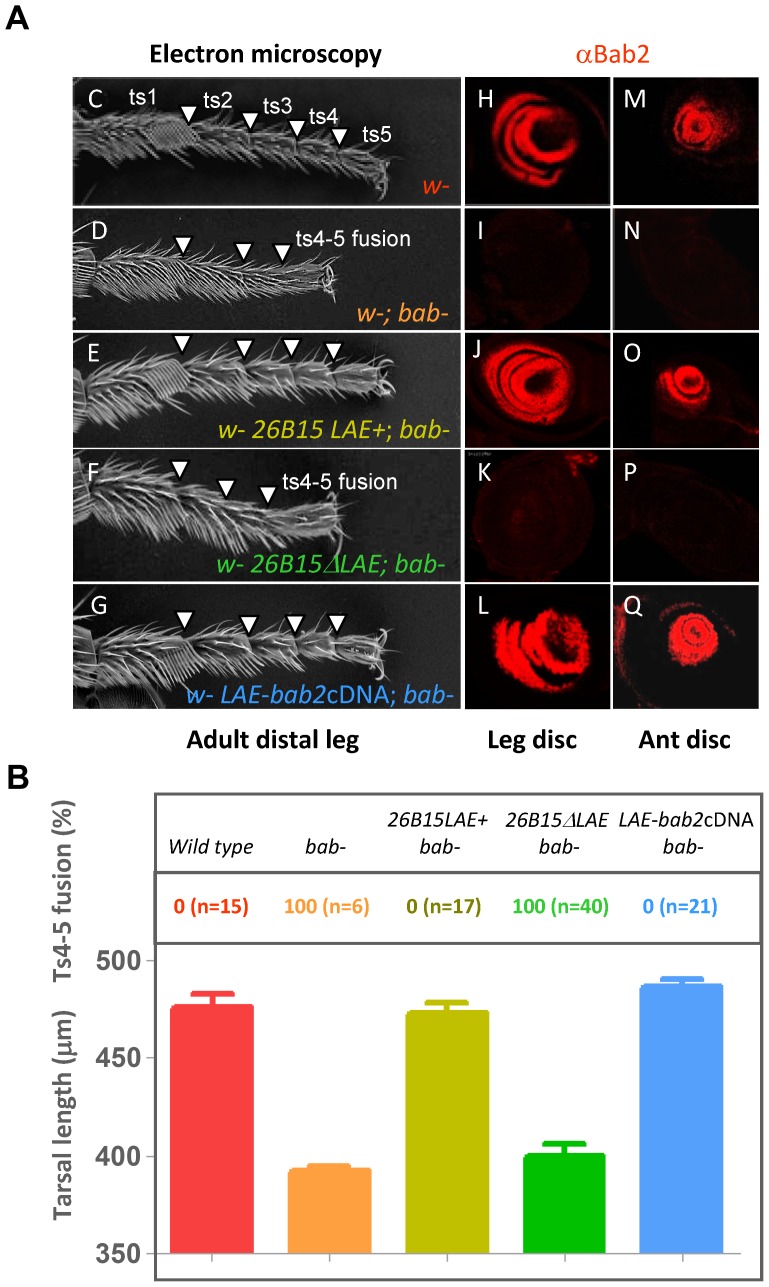Figure 2. LAE is necessary and sufficient for wild-type bab2 expression and function in-vivo.
(A) LAE-containing bab2-expressing constructs restore normal leg and expression defects in a loss-of-function context. (C–G) Scanning electron microscope views of distal adult T1 legs from wild-type (C), babAR07 (D), w1118 26B15-LAE+; babAR07 (E), w1118; 26B15 ΔLAE; babAR07 (F) and w1118 LAE-bab2cDNA, babAR07 (G) males, are shown. Wild-type tarsal junctions between ts1–5 are indicated by arrowheads. (H–Q) Bab2 immunostaining (red) of leg (H–L) and antennal (ant) (M–Q) imaginal discs, dissected from wild-type (H and M), babAR07 (I and N), w1118 26B15-LAE+; babAR07 (J and O), w111826B15ΔLAE;babAR07 (K and P) or w1118 LAE-bab2cDNA; babAR07 (L and Q) third-instar larvae, are shown. The null babAR07 allele [17] corresponds to a large deletion removing the entire bab1/2 intergenic region that contains the LAE, and most of the bab2 transcription unit (unpublished). Both the 26B15LAE+ PacMan and LAE-bab2cDNA constructs rescued the tarsal fusion phenotypes (particularly between ts4–5) and restored the wild-type leg and antennal Bab2-expression patterns. (B) Quantification of mutant phenotypes. A diagram is shown for each genotype with mean and standard error of mean.

